Traumatic Incidents can happen anytime, even to the most attentive. If part of a traumatic incident, whether it be in your residence, place of business, or at a mass trauma scene, there are a few things to be aware of for the most positive outcome in a blood cleanup scenario.
First, and foremost, the attention should be to the safety of yourself and those affected by the incident. Is the scene safe for you to enter? If machinery or electricity is involved is the power shut down? Simultaneously the emergency response system should be activated, whether the charge person on site is handling the call or directs another individual to do so, it should be established that professional help is on the way.
After the injured are appropriately tended, transported to the appropriate facilities, and it has been established that the incident is no longer in “crisis” mode, it is time to survey the scene for damages.
Often in a traumatic incident, or mass casualty situation, there is a significant amount of hazardous cleanup. There may be skin, blood, soiled clothing, feces, damaged machine parts, or blood saturated items that need to be addressed.
Often the property owner is left to determine the best course of action for cleanup, and it is overwhelming and daunting to know where to begin. Undoubtedly it is best to consider hiring a professional blood cleanup company. Here are a few things you should know before attempting to clean up blood or other infectious waste:
BLOOD IS INFECTIOUS (it can carry diseases)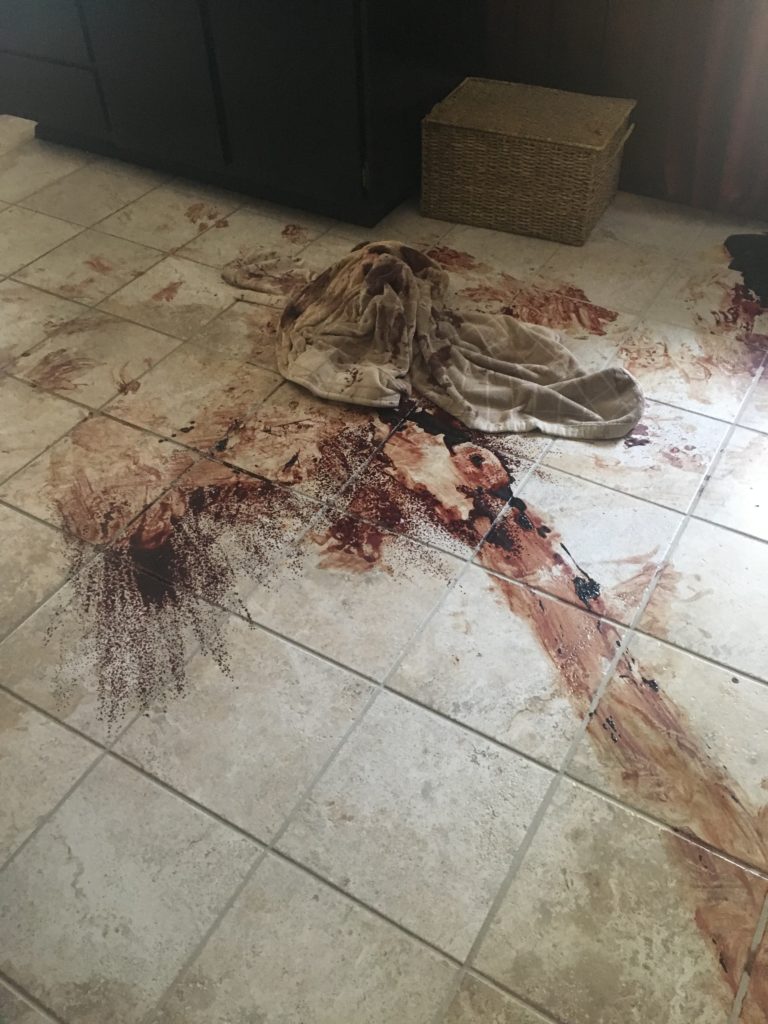
Blood is a vector for pathogens such as Hepatitis, HIV, and other pathogens. Blood-borne viruses can live in blood for multiple days. For instance, Hepatitis B virus can live in blood for up to one week. These and other viruses can remain active and present on surfaces long after visible blood or bio is gone. Surfaces contaminated with blood or other body fluids should be thoroughly disinfected and tested by a qualified biohazard company.
Typical household cleaners cannot fully disinfect nor protect from all blood borne pathogens.
Additionally, the injured parties or parties may not know their medical status, nor would it be prudent to investigate such. It is important to remain sensitive to the person who was injured. Rather than asking after someone’s medical status, contact a professional biohazard cleanup service right away.
HOUSEKEEPERS (OR CARPET CLEANERS) AREN’T ABLE TO CLEAN THAT!
House cleaners may know how to get out stains and deep clean a traditional residence, but cleaning up infectious waste such as blood or bodily fluids takes specialized training in decontamination techniques, cross contamination, and personal protective equipment donning. Improper cleaning can compromise site safety and potential inhabitants at future risk. Household cleaners are not trained in the proper remediation or decontamination techniques. In fact, a common misconception is that bleach will remove blood stains. Chlorine bleach can irritate the eyes, skin, and respiratory tract, but the biggest danger is when mixed with other household cleaners such as ammonias which can bring it to toxic levels. Bleach is not only dangerous, but it has the ability to destroy carpet, furnishings, and other surfaces causing more extensive damage than necessary.
The BIOClean Team technicians uses EPA registered hospital grade disinfectant, and two other disinfectant chemicals prior to environmental testing to ensure all blood pathogens have been eliminated.
Carpet cleaners may know how to steam clean a carpet, but there is a significant difference when cleaning infectious blood or bodily fluids from carpet. The EPA regulates the industry and has concluded that there is NO cleaner on the market suitable to extract infectious waste (blood or bodily fluids) from a prous surface such as carpet, couches, or soft surface furniture. This means steam cleaning / carpet cleaning will NOT remove the biohazard effectively. Often the fluid seeps into the carpet, and pad, and creates a larger area beneath. Attempts at carpet cleaning can not only leave behind unseen pathogens, but can also contaminate cleaning equipment which leads to cross contamination.
CORRECT BIOHAZARD DISPOSAL IS THE LAW
Blood and bodily fluids are considered infectious or medical waste. Not only are specific certifications needed for handling or cleaning infectious waste, but removal, transport, and disposal all needs proper licensing, certifications, and the appropriate disposal facility. Biohazard cleaning companies such as The BIOClean Team are licensed, insured, and certified to clean, handle, transport, and dispose of infectious and medical waste. The BIOClean Team has holds contracts with several waste disposal facilities in order to uphold the highest standards in ethical disposal of blood and other biohazardous waste.
After the incident: HOW to begin moving forward?
Traumatic accident scenes can be distressing. It is not easy to watch a horrific scene play out, with injuries, and know exactly when or how to move forward from the incident. Besides the obvious physical injuries to loved ones, and the remaining damage to property, there can be emotional scars that have yet to be explored. The goal of The BIOClean Team is to assist in any way to decrease the stress from these types of situations. Rest easy knowing a highly trained professional company exists to get the property back to pre-incident condition as soon as possible. Cleaning a gruesome traumatic accident scene should be avoided to decrease any further trauma to the friends or family members.
Various assistive resources which includes victims assistance compensation funds information, support groups, and help lines for continuing support after the fact.
PROFESSIONAL BIOHAZARD CLEANUP 24/7
Many of the most serious health hazards are microbial, meaning they are invisible to the naked eye. Stacy Houston, founder and owner of The BIOClean Team, A Crime Scene Cleaning Company, is well versed in pathogen decontamination. She has over ten years experience in infection control and pathogen decontamination, as well as personal protective equipment donning for reduction in cross contamination and exposure. Technicians are trained within the same guidelines as hospital staff and have continuous training and certifications. Cleaning the visible biological matter from surfaces is just the first step in decontamination. Vast experience of how blood behaves is needed to chase all potential sources of contamination to fully rid the scene of potentially harmful pathogens. The BIOClean Team has this knowledge with thousands of scenes remediated.
Contact The BIOClean Team 24/7 for professional trauma cleaning services.

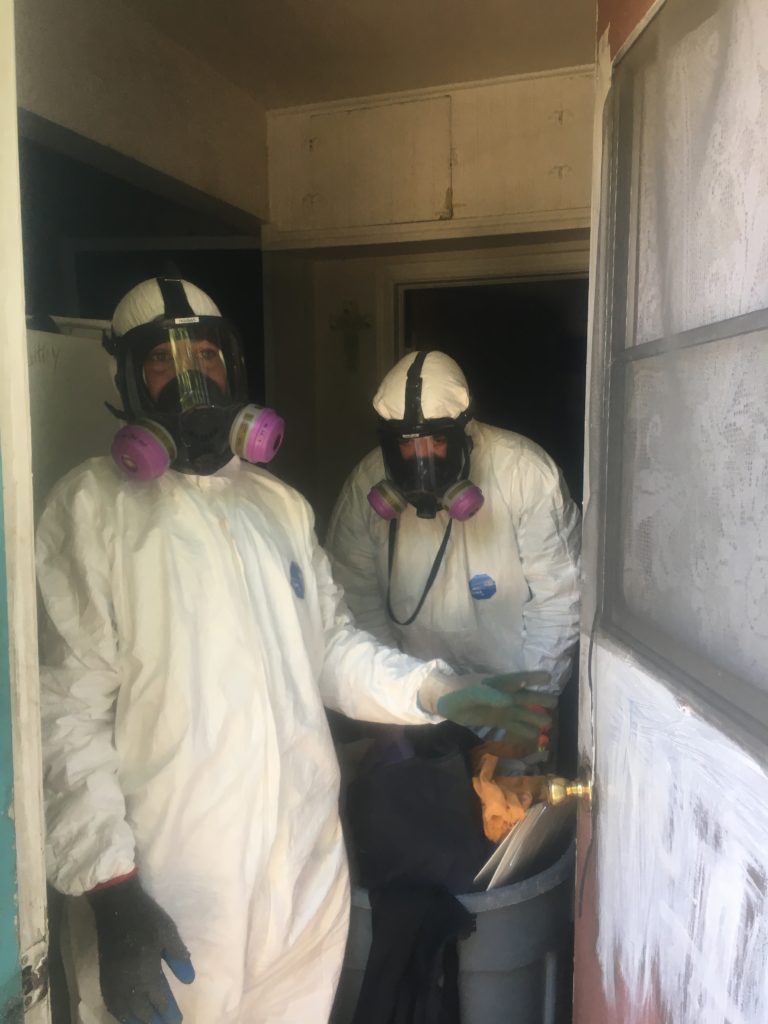 Who Cleans Up Crime Scenes
Who Cleans Up Crime Scenes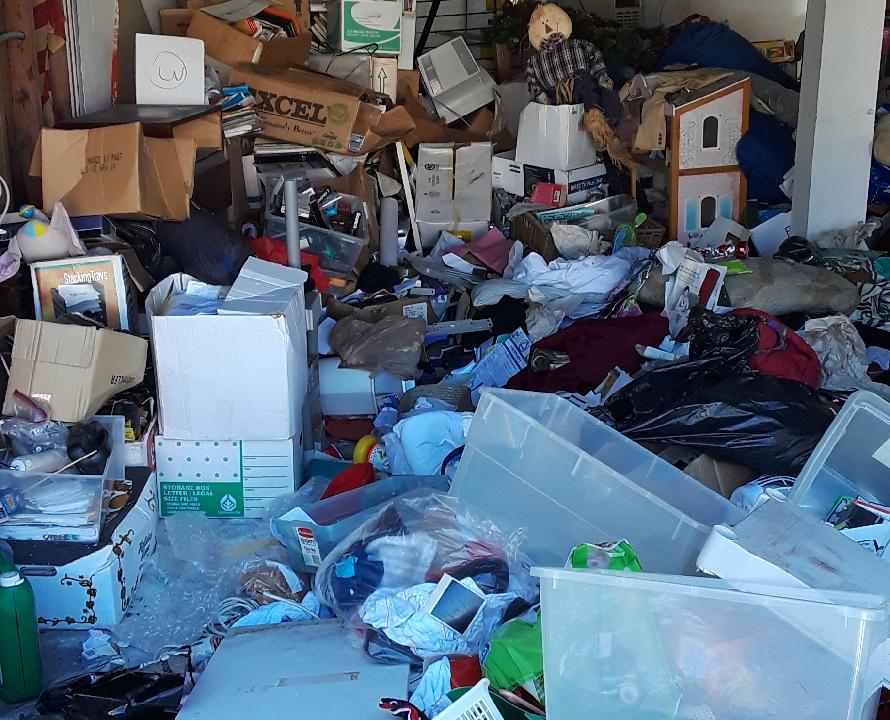
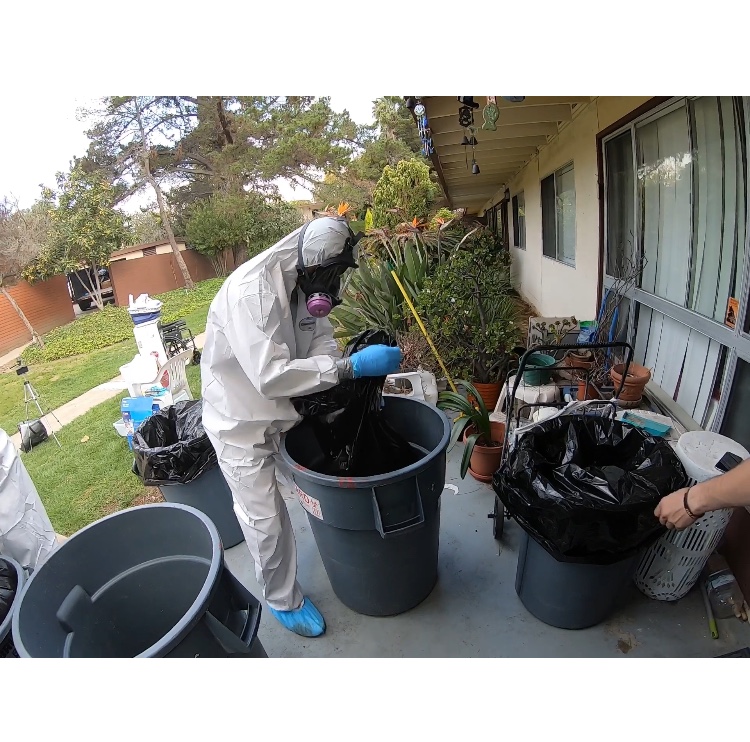
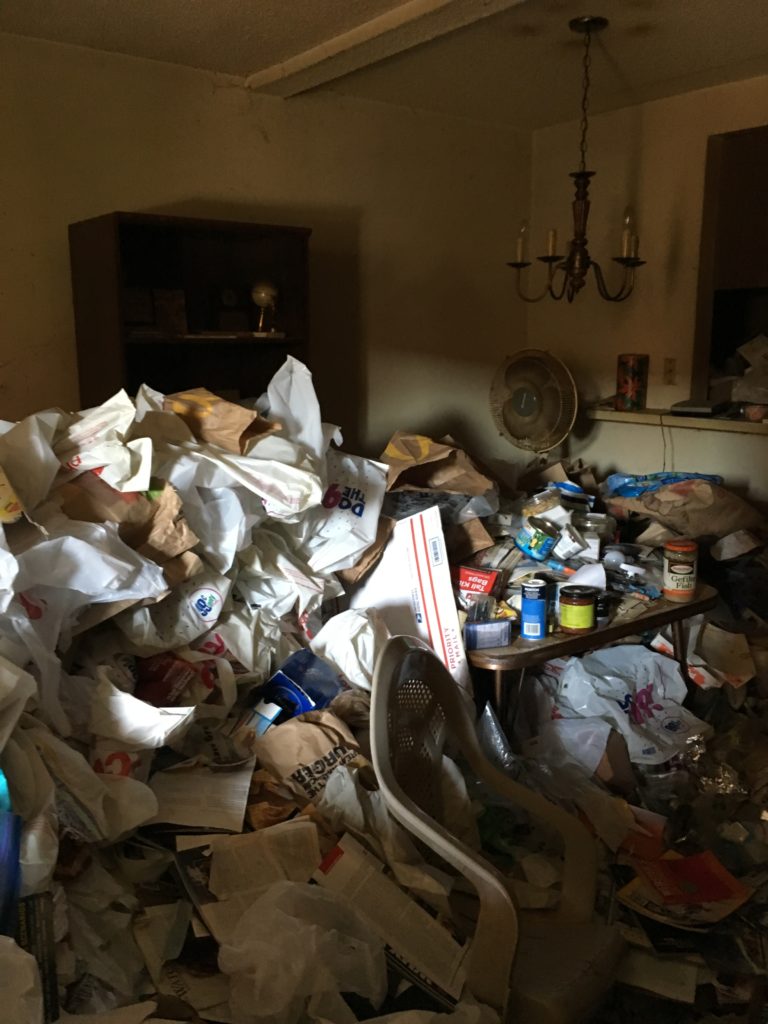
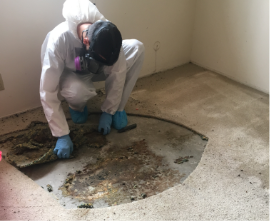
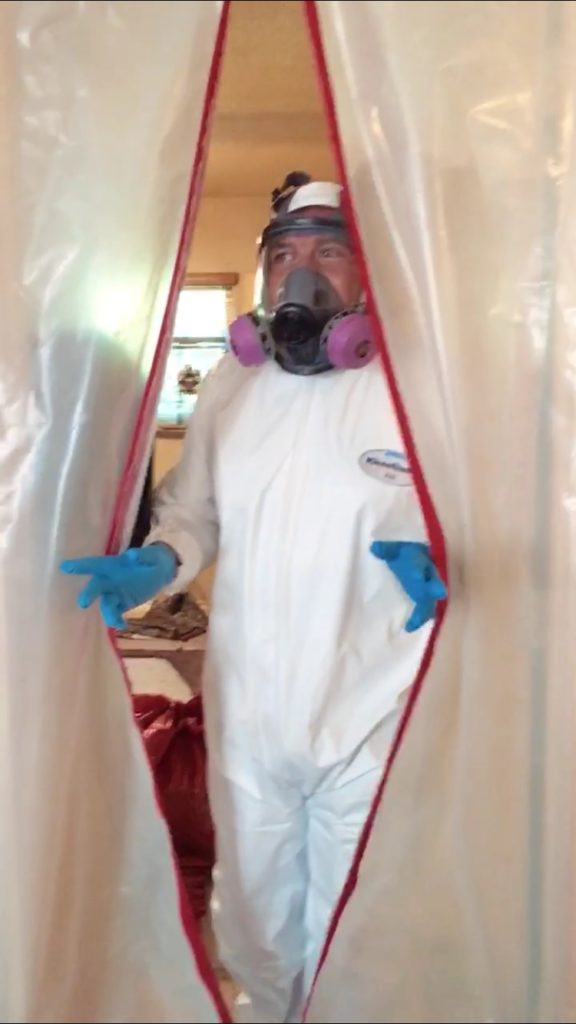
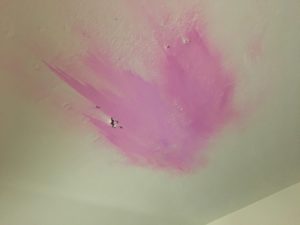
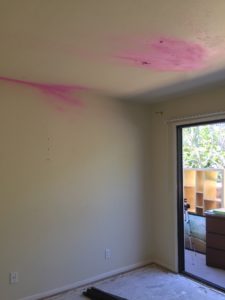 Many people do not realize that the irritants in tear gas can linger long after the canisters are discharged and the subjects have been cleared from the property. Tear gas residue can seep into furniture, carpet and even hardwood floors. Tear gas also spreads through ventilation systems. It can continue to irritate the mucous membranes of anyone residing in or visiting the property long after the initial incident.
Many people do not realize that the irritants in tear gas can linger long after the canisters are discharged and the subjects have been cleared from the property. Tear gas residue can seep into furniture, carpet and even hardwood floors. Tear gas also spreads through ventilation systems. It can continue to irritate the mucous membranes of anyone residing in or visiting the property long after the initial incident.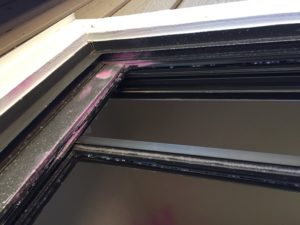
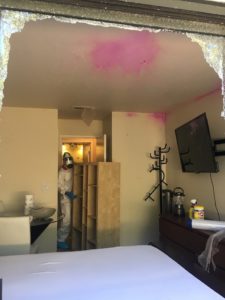
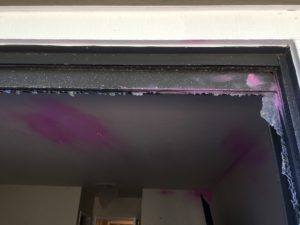
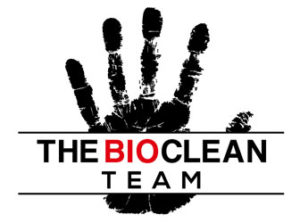
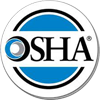
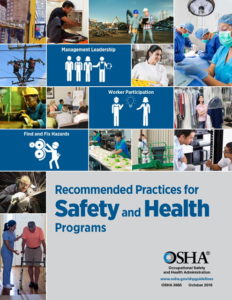 • Feces or Urine cleanup or handling
• Feces or Urine cleanup or handling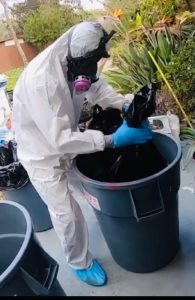 Just recently OSHA fined the United States Postal Service $342,000 after inspectors found workers repeatedly were exposed to packages labeled as biohazards without safety standards in practice, OSHA certifications, and the proper documentation of training and safety planning.
Just recently OSHA fined the United States Postal Service $342,000 after inspectors found workers repeatedly were exposed to packages labeled as biohazards without safety standards in practice, OSHA certifications, and the proper documentation of training and safety planning.